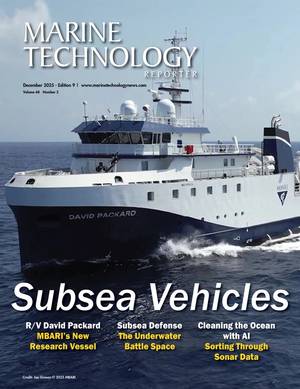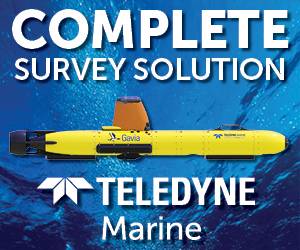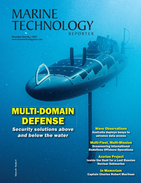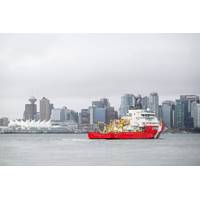
Seaspan Delivers Canadian Coast Guard Research Vessel
Seaspan Shipyards has officially delivered the Offshore Oceanographic Science Vessel (OOSV), CCGS Naalak Nappaaluk, to the Canadian Coast Guard (CCG).The OOSV is the fourth large vessel, and second class of ship, to be built and delivered by Seaspan under the National Shipbuilding Strategy (NSS).CCGS Naalak Nappaaluk is named after a well-respected elder from Nunavik who was a renowned promoter of Inuit language and culture.The ship will replace CCGS Hudson, which was decommissioned in 2022 following 59 years of dedicated service.The new OOSV will be Fisheries and Oceans Canada’s primary oceanogra
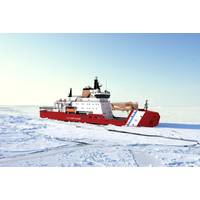
Icebreaker Construction: Seaspan, Bollinger, Rauma and Aker Arctic Team to Build USCG Icebreakers
Technology.The Seaspan-Aker Multi-Purpose Icebreaker (MPI) design exceeds all Coast Guard ASC requirements and supports all 11 statutory missions. Capable of breaking four feet of ice, traveling 12,000 nautical miles, and operating over 60 days without resupply, the MPI design is shared with the Canadian Coast Guard fleet, ensuring interoperability and creating the world’s largest class of multi-mission icebreakers.By combining a ready-to-build design with a clear transition to full U.S. production, the partnership promises a fastest-path, lowest-risk solution for delivering critical polar capability
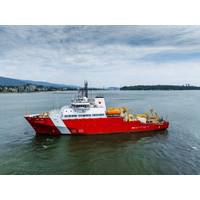
CCG's New Offshore Oceanographic Science Vessel Begins Sea Trials
CCGS Naalak Nappaaluk, the Canadian Coast Guard’s (CCG) new Offshore Oceanographic Science Vessel (OOSV), began sea trials this week in North Vancouver, sailing from Seaspan Vancouver Shipyards where final outfitting, installation, and commissioning work has been taking place since the vessel’s launch in August 2024.CCGS Naalak Nappaaluk is a Polar Class 6 vessel, with a displacement of 5,058t, and is 88 meters long, 17.6 meters wide, and will accommodate up to 60 personnel.Sea trials mark the final major phase of a shipbuilding project before delivery. Over the next few weeks, the ship
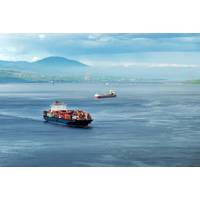
Canada Trials S-100 on St. Lawrence River
insights for S-100’s future adoption across global waters.The IHO has planned a phased rollout of the S-100 navigational information starting in January 2026.Under the leadership of the Canadian Hydrographic Service, the S-100 Sea Trials are a collaborative effort also involving the Canadian Coast Guard (CCG), Teledyne Geospatial, Electronic Chart Centre (ECC) and PRIMAR
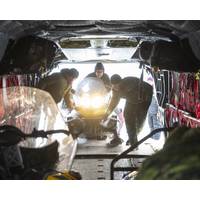
Coming in from the Cold: Canadian Arctic Security Takes Center Stage
of the rules-based order and it’s clear that Canada must be bold in its northern defense strategy and investments. With the April 28 federal election now behind him, Carney will be expected to deliver not just A-OTHR, but also new submarines, additional heavy icebreakers and an expanded Canadian Coast Guard as part of his party’s defense commitment. “We recognize that we must place particular focus on defending the Arctic and North and its approaches against new and accelerating threats through credible deterrence,” said Drescher Brown. “We will secure our Arctic

Ship Design & Construction: Laurie Balan, COO, Genoa Design
decade?Most of our work today is government and navy contracts. We still do commercial work from time to time when it aligns with our strategic direction, but for the most part, we work on major large programs in Canada and the US, mostly for the US Navy, US Coast Guard, or Canadian Navy and Canadian Coast Guard.In terms of numbers, about 70% of our work is defense related. About 75% of that right now is currently in Canada. Looking out over the next five to 10 years, we will see more growth in the US, building on a base that we have started. We've built relationships there, we know the culture
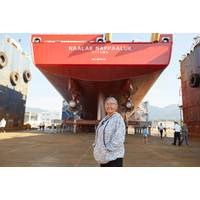
CCG’s Science Vessel CCGS Naalak Nappaaluk Launched
Seaspan Shipyards (Seaspan) launched the Canadian Coast Guard’s flagship science vessel, CCGS Naalak Nappaaluk.The fourth ship designed, built and launched by Seaspan under the National Shipbuilding Strategy, the Offshore Oceanographic Science Vessel (OOSV) is a floating laboratory that will serve as the primary oceanographic science platform for Fisheries and Oceans Canada. As a Polar Class 6 vessel, it will be a highly advanced ice capable ship equipped with the latest scientific research systems. The new ship will provide increased capability and capacity to support marine surveys and
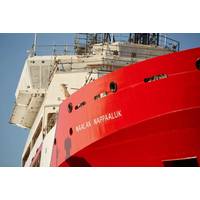
Canada Launches Offshore Oceanographic Science Vessel
The Canadian Coast Guard has launched a new offshore oceanographic science vessel to be named the Canadian Coast Guard Ship (CCGS) Naalak Nappaaluk.As the Canadian Coast Guard’s largest dedicated science vessel, the new ship will provide increased capability and capacity to support ocean science missions on Canada’s east coast. It will accommodate up to 34 crew and 26 Fisheries and Oceans Canada scientists and will be stationed at the Bedford Institute of Oceanography in Dartmouth, Nova Scotia.Built by Seaspan Shipyards, the CCGS Naalak Nappaaluk is equipped with a deck that can swap out

Canadian Coast Guard Orders Hybrid Research Vessel
Shipbuilder Chantier Naval Forillon in Gaspé, Quebec has received an order to build a new Near-Shore Fishery Research Vessel (NSFRV) for the Canadian Coast Guard.Expected to join the Canadian Coast Guard fleet as early as 2027, the new vessel will be the agency's first-ever diesel-electric hybrid vessel with a battery energy storage system, designed to reduce the consumption of fossil fuels.Announced last week by Diane Lebouthillier, Minister of Fisheries, Oceans and the Canadian Coast Guard, the contract was awarded for $55.5 million (excluding taxes) as part of Canada's National
 December 2025
December 2025
